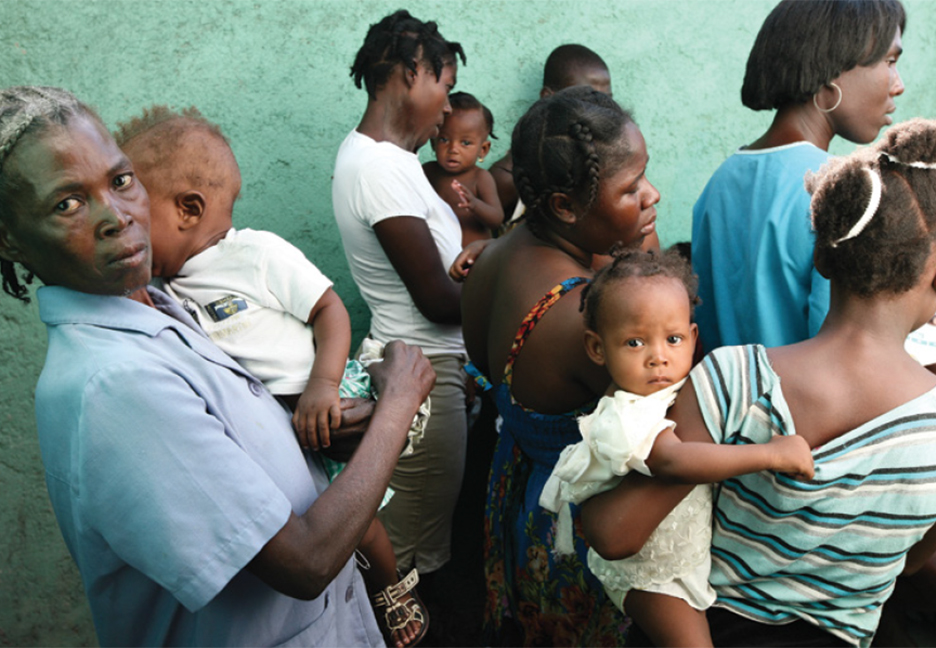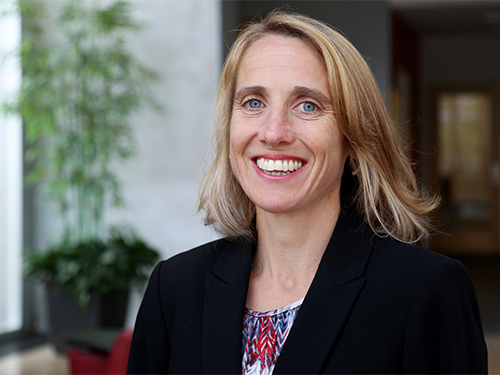
By Karen Shih
Plagued by government instability and natural disasters such as earthquakes and hurricanes, Haiti has some of the worst health outcomes in the world, according to the World Health Organization. That’s despite decades of health care development aid from organizations such as the World Bank and USAID.
But the state of health care across the island isn’t uniform. Some facilities are doing better than others — and Associate Professor Diana Bowser is leading a new World Bank-funded study to identify what makes the successful sites more efficient and productive.
This spring, Bowser worked with Leulsegged Kasa Mekonen, MA SID/MS’18, to create the first national-level database to track the performance of all 900 or so health care facilities in Haiti. They used data sets from all the organizations that have funded these facilities.
“Because each facility receives a mix of funding, it’s hard to tease out what is making a facility do well in terms of services,” Bowser says. “With this database, we can take an objective look at the data, based on the type of facility, number of patients being seen, productivity of health care workers and more.”

She used the database to identify 10 higherperforming and 10 lower-performing facilities that are run by the government, private sector or NGOs. In May, she spent a week in Haiti training a team to conduct qualitative interviews at those 20 facilities about three main topics. The first topic was patient treatment during services, focusing on confidentiality, respect and discrimination. The second topic was facility readiness, determing whether the facility was prepared with the right drugs, injections, equipment or tests for each type of patient. The third topic was management, including supervision and communication among administration, health care workers and patients.
“Our goal was to see if there were patterns,” says Bowser, who worked with Alison Collins, MA SID/MBA’18 and Rangira Lambert, MS’18, who both speak French, to evaluate the qualitative results. “Did the higher-performing facilities have better communication, more respectful health care workers, fewer equipment problems and fewer stockouts of drugs?”
Her initial findings showed several key similarities among top-performing facilities, which tend to be clustered around Port-au-Prince, the capital. They were often run by NGOs and had local nurses and community health workers who fostered trust and received results-based financing, which meant they received more funding if they met certain standards for care.
The study also revealed the importance of community health workers, who don’t have advanced degrees, but are trained to do specific tasks, such as administer vaccinations or educate patients on specific medical topics. For example, she found that almost half of all their community visits were for family planning, which she says will have a long-term positive impact on the country.
“Everyone assumes doctors and nurses do everything, but these community health workers are doing just as many visits outside the facilities,” Bowser says. “People undervalue their work.”
Now, she’s identifying three key areas where the World Bank might invest its funds, which could range from equipment recommendations, to communication improvements, to trainings. She hopes that by providing key answers about what’s making facilities more or less efficient, she can empower the Haitian government and other donor organizations to make better decisions.
“All countries — even the United States — are asking the same questions we’re asking in Haiti: How can we do more with the money we have?” says Bowser.
